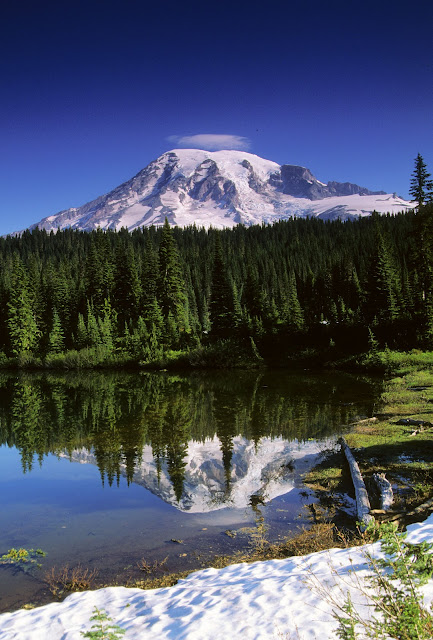Dunes #1- Clouds over dunes
After a morning of photographing on the dunes, I was hungry for some lunch. As I headed out of the park to get some food at a nearby restaurant, I was greeted with this view in my rearview mirror of some nice clouds settling over the dunes, so I stopped to grab a few photos. (I still have a half a roll of exposed Velvia medium format left in my Hasselblad from this spot, that I still need to get developed soon!)
Tech info- Canon 40D, 18-55 IS lens, polarizer (all images in this post)
Dunes #2- Wildflowers & Dunes
Need your help!
I've been looking over these images for several weeks trying to decide which, if any, might be suitable for donating to the upcoming Lawson United Methodist Church Auction. I plan to pick out an image of the mountain wildflowers from my previous blog posts, but I'm not sure how popular any of these images from the Dunes might or might not be. So, if anyone viewing this post can identify to me an image (identified by the number under the image) that they think might sell well at the Church auction, I'd appreciate the feedback! You can leave a comment on this blog.

Dunes #3
Dunes #4
Part of the reason that I'm having more trouble than usual deciding whether I like these images is that several of them are more abstract than most of my usual stuff.
Dunes #5

Dunes #6
Dunes #7
Dunes #8
One comment- you can see from the relative size of the person in the lower left hand corner of this shot how large these dunes are. As a matter of fact, I believe that the largest dune in the park is claimed to be about 700 feet tall. I know this, the angle of repose of the sand, plus the elevation, makes for a tough climb!
I hope you enjoyed viewing these images. Perhaps they will make some of my viewers want to visit this park someday!



















































